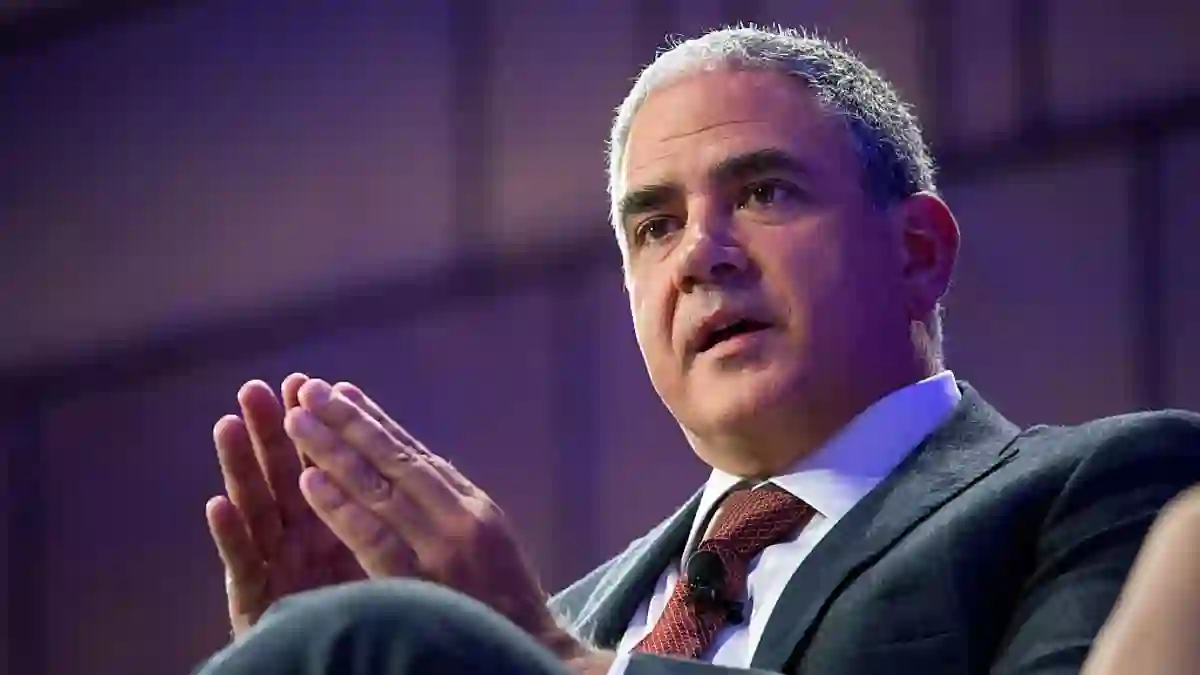Across the United States, communities are grappling with the fallout from the collapse of two major hospital chains, leaving thousands without access to vital medical care. The scrutiny now falls on private equity firms, which owned these chains and profited handsomely before their financial mismanagement contributed to bankruptcy.
Prospect Medical Holdings filed for bankruptcy in January 2025, resulting in the closure of two hospitals in Pennsylvania.
Steward Health Care, another large chain, went bankrupt in 2024.
Both companies were owned by major private equity groups — Leonard Green & Partners for Prospect and Cerberus Capital Management for Steward — which collectively extracted millions for their investors between 2011 and 2018.
Communities Bear the Financial Burden
Investigations into the chains’ operations revealed that aggressive financial practices drained their resources, playing a significant role in their downfall, according to The Wall Street Journal.
Local communities have been forced to cover tens of millions of dollars in bailouts for their healthcare providers.
These funds have come from state and local governments, as well as nonprofit community organizations.
In some cases, unpaid property taxes and other bills left by Prospect and Steward have pushed communities to raise property taxes to cover costs.
Hospitals Close and Services Disrupted
Beyond the financial impact, the collapse of these chains has left critical healthcare services unavailable in many areas.
Prospect operated 16 hospitals and more than 165 clinics across California, Connecticut, Pennsylvania, and Rhode Island.
Once aggressive in acquiring struggling hospitals, it succumbed to mounting debt earlier this year.
Steward closed two Massachusetts hospitals — Carney Hospital in Dorchester and Nashoba Valley Medical Center in Ayer — and sold six others during its bankruptcy proceedings.
Residents in affected areas now face longer wait times, limited access to family doctors, and heavier reliance on emergency services for non-emergency care.
Allegations of Executive Mismanagement
Steward Health Care is now suing its former CEO, Ralph de la Torre, accusing him of diverting millions from the company during its decline.
Reports indicate that after de la Torre gained majority ownership in 2020, he personally received at least $250 million over four years.
He reportedly used these funds to purchase a $7.2 million Texas ranch, a 190-foot $40 million yacht, and an $7 million Dallas mansion.
The lawsuit claims de la Torre and his team defrauded Steward of $262 million and squandered $1.1 billion on overpriced hospital acquisitions in Florida to build his “hospital empire.”
Executives allegedly paid themselves a $111 million dividend in 2021, even though financial troubles had been apparent since 2016.
Prospect’s Dividends Contributed to Collapse
Similarly, Prospect Medical Holdings distributed $654 million in dividends and share sales between 2012 and 2018, leaving the company cash-strapped.
A bipartisan congressional report found this directly led to the chain’s inability to sustain operations.
After the closure of Prospect-owned Crozer-Chester Medical Center and Taylor Hospital earlier this year, residents have had to rely heavily on emergency medical services for non-urgent care.
Shane Wheeler, chief of staff for the Volunteer Medical Services Corps of Lansdale, told The Wall Street Journal, “A lot of people are calling emergency medical services for things for which you’d go to your family physicians.
We’re seeing a high level of uncompensated care.”
Ongoing Impact on Patients
With doctors’ appointments in some areas now carrying wait times of over a year, communities continue to face the ripple effects of these private equity-driven collapses.
Patients and local authorities alike are left struggling to fill the gaps left by hospitals that once served as vital lifelines.
The Daily Mail reached out to Prospect Medical Holdings, Steward Health Care, Leonard Green & Partners, and Cerberus Capital Management for comment but had not received a response.
